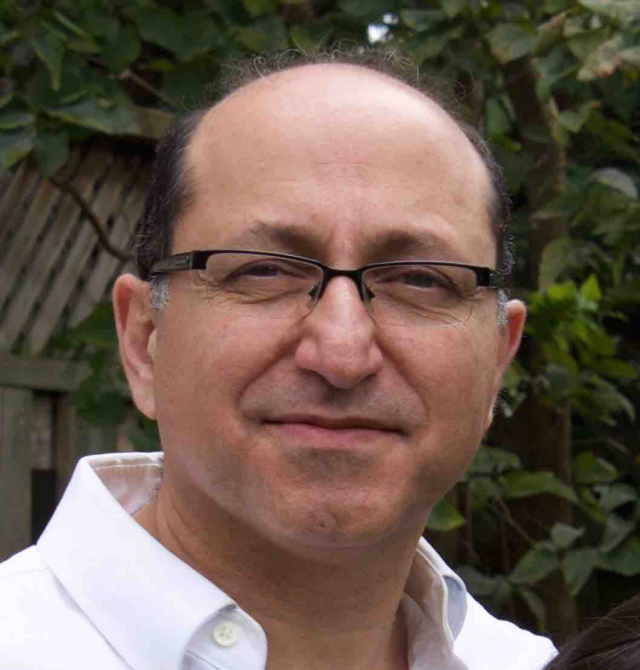应哈工大电信学院马琳教授、孟维晓教授邀请,在IEEE ComSoc Harbin Chapter和IEEE ComSoc Distinguished Lecturer Program支持下,多伦多大学Shahrokh Valaee教授(IEEE Fellow)将于2022年10月18日、10月25日分两次在线上进行关于Localization and Sensing in Next Generation Wireless Networks的系列讲座,欢迎感兴趣的老师和同学参加。
讲座内容和时间地点安排如下:
第一次讲座时间:2022年10月18日08:30-10:30
腾讯会议:224-748-743
Abstract: The next generation of wireless systems will employ networking equipment mounted on mobile platforms, unmanned air vehicles (UAV), and low-orbit satellites. As a result, the topology of 6G wireless technology will extend to 3D vertical networking. With its extended service, 6G will also give rise to new challenges which include the introduction of reconfigurable intelligent surfaces (RIS), the mmWave spectrum, the employment of massive MIMO systems, and the agility of networks. One of the key elements of 6G technology is the need for accurate sensing and positioning. The emergence of new research activities in Integrated Sensing and Communication (ISAC) is to find answers to some of these open and important problems. In this talk, we will discuss how sensing and positioning can be a key enabler of 6G, and what challenges the next generation localization technology will face when integrated into the new wireless networks.
第二次讲座时间:2022年10月25日08:30-10:30
腾讯会议:512-755-800
Abstract: In the second talk of this series, we will focus on the application of the Reconfigurable Intelligent Surface (RIS) in localization and sensing. A RIS is an array of a large number of passive elements that can change the phase and amplitude of an incident signal to form a desired wireless channel effect. RIS is capable of modifying the wireless channel to direct the signal to a specific space. Primarily it can be used to extend the communication coverage by reflecting signals into areas that are not directly reachable from the base station. In addition to enhancing communication, RIS has shown great potential in improving sensing and localization accuracy. RIS can be used along with device-to-device (D2D) communication to create accurate location estimates. In this talk, we will show how RIS can be used to increase the accuracy of sensing and localization.
Shahrokh Valaee教授简介:

Shahrokh Valaee is a Professor with the Edward S. Rogers Sr. Department of Electrical and Computer Engineering, University of Toronto, and the holder of Nortel Chair of Network Architectures and Services. He is the Founder and the Director of the Wireless Innovation Research Laboratory (WIRLab) at the University of Toronto. Professor Valaee was the TPC Co-Chair and the Local Organization Chair of the IEEE Personal Mobile Indoor Radio Communication (PIMRC) Symposium 2011. He was the TPC Co-Chair of ICT 2015, and PIMRC 2017, and the Track Co-Chair of WCNC 2014, PIMRC 2020, VTC Fall 2020. He is the co-chair of the organizing committee for PIMRC 2023. From December 2010 to December 2012, he was the Associate Editor of the IEEE Signal Processing Letters. From 2010 to 2015, he served as an Editor of IEEE Transactions on Wireless Communications. Currently, he is an Editor of the Journal of Computer and System Science and serves as a Distinguished Lecturer for IEEE Communication Society. He was the co-recipient of the best paper award in the IEEE Machine Learning for Signal Processing (MLSP) 2020 workshop. Professor Valaee is a Fellow of the Engineering Institute of Canada, and a Fellow of IEEE.


